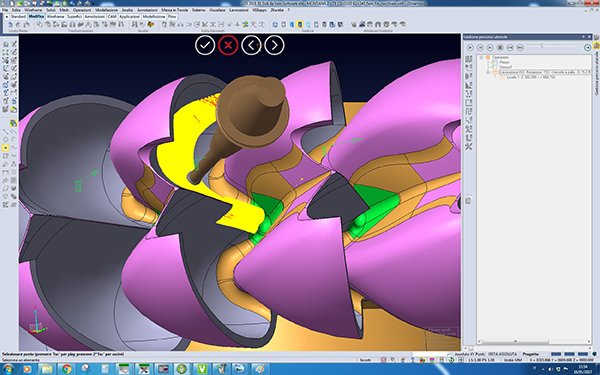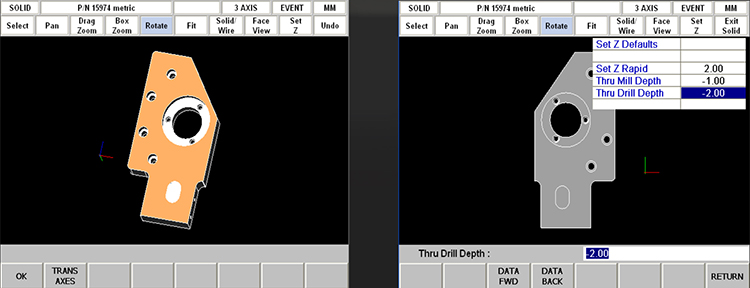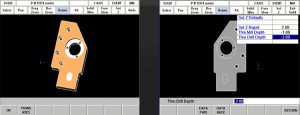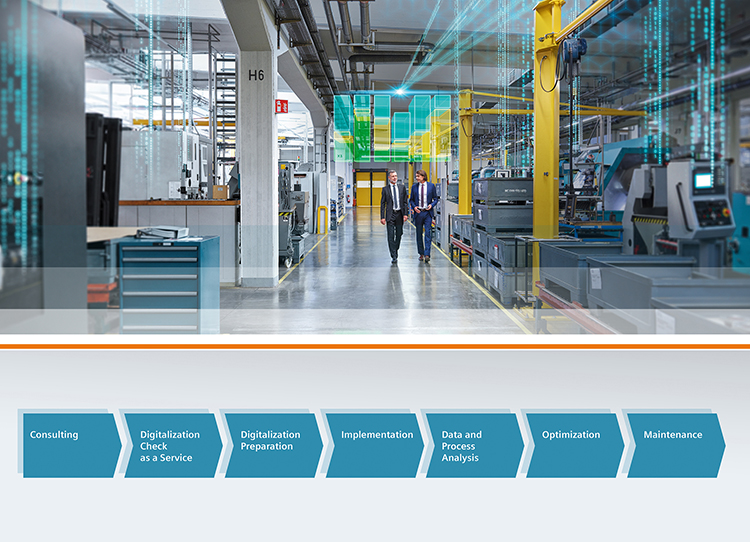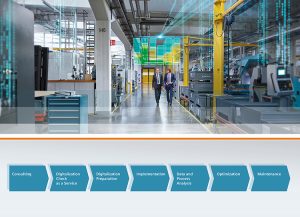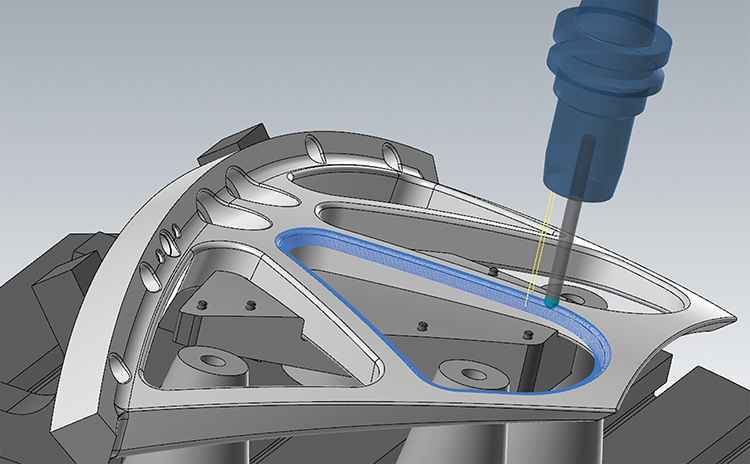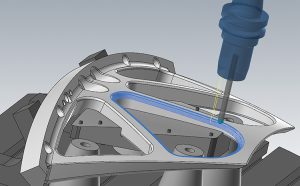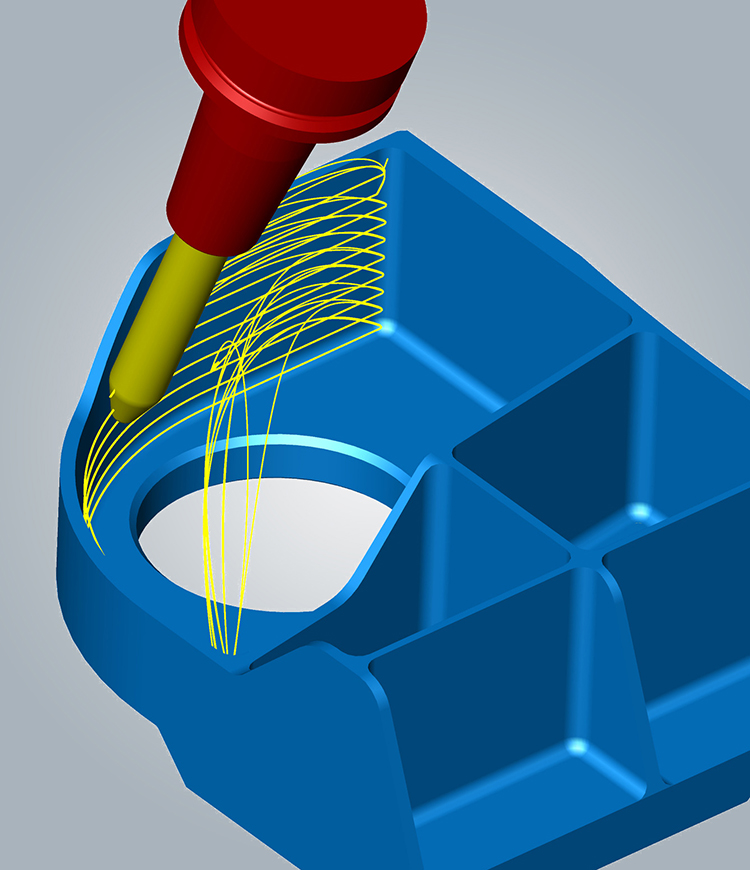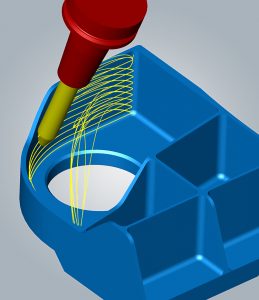Among the companies to first introduce simultaneous five-axis machining into its region has chosen the VISI integrated CADCAM system from Vero Software to drive its CNC machine tools.
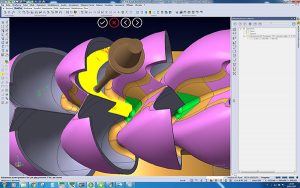
Modulo Tre, which was founded in 1995 by partners Alessandro Corà, Marco Dal Bianco and Gilberto Dal Pozzo, now has a large fleet of latest-generation machines. Adopting five-axis technology means the company can machine a range of components such as hollow and grooved profiles, with deep and sloping holes, without material constraints.
Here, the need for reliable and simple CADCAM integration led Modulo Tre – based at Schio, Northern Vicenza in Italy – to introduce VISI.
“For complex five-axis machining, it’s crucial to be able to drive almost with your eyes closed, avoiding collisions and tool issues that could compromise the entire workpiece machining process,” says Corà. “Machines often work round-the-clock, so a simulator is indispensable for operations in unattended areas.”
Among the most popular VISI functionality, according to Dal Bianco, is the ability to automatically recognise machined features such as holes and pockets, and generate the appropriate toolpaths. He says that as VISI is an integrated system, machining individual plates can be accomplished automatically through feature recognition: “All holes are recognised automatically and the correct machining cycle applied. For complex machining, VISI allows us to handle high-speed and five-axis operations, as well as traditional milling.”
VISI also delivers a wide range of multi-axis machining strategies suited to the development of turbine impellers, one of Modulo Tre’s main business areas.
For further information www.visicadcam.com






